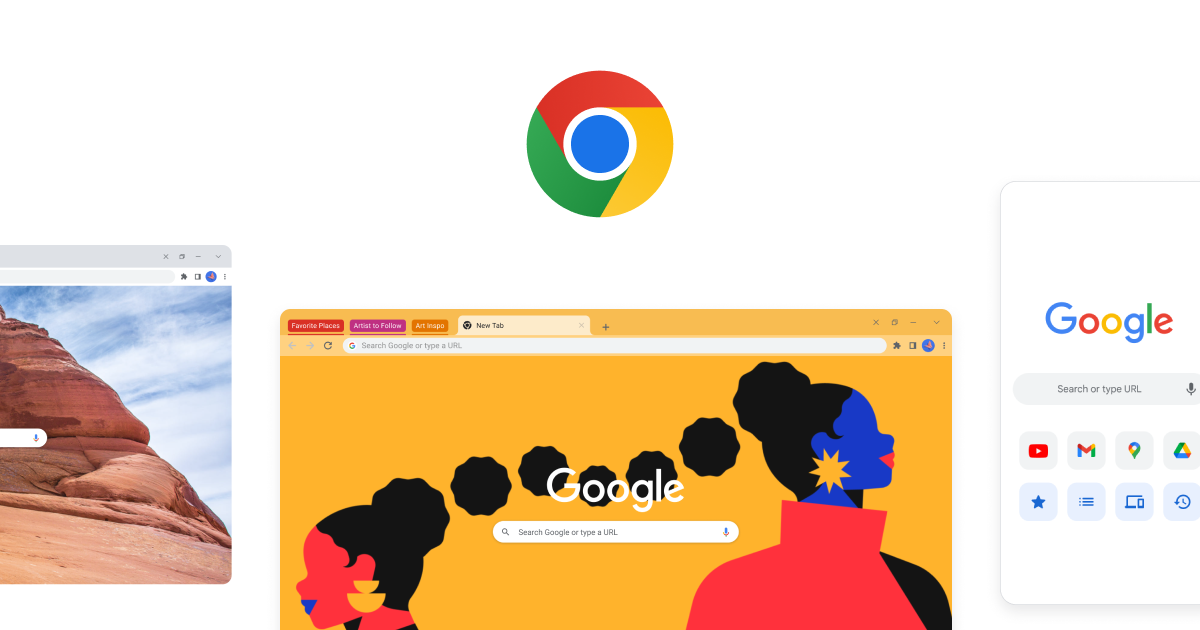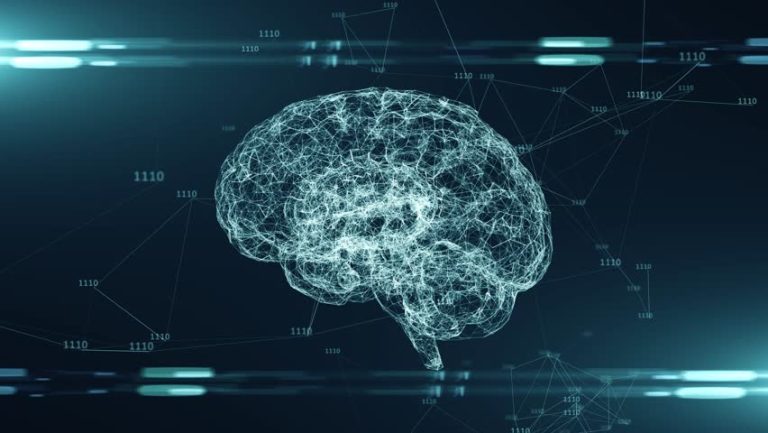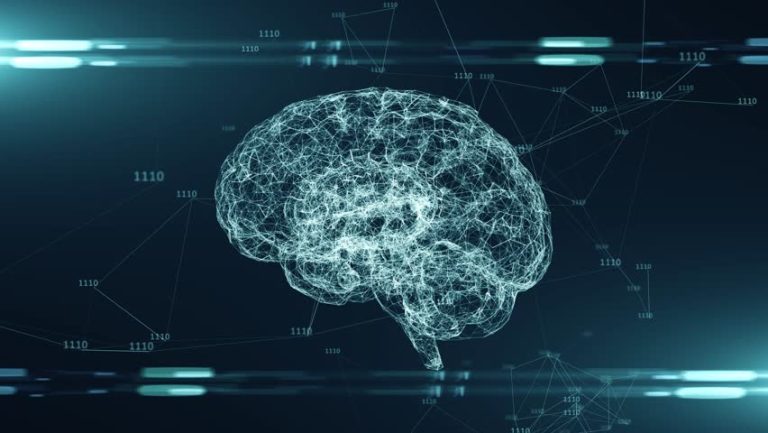
In the ever-evolving digital landscape, the question of whether Google can detect AI content has become a pressing concern for content creators, marketers, and SEO professionals. With the rise of advanced AI tools like ChatGPT, Gemini, and others, the line between human and machine-generated content is blurring. However, Google’s approach to AI content is nuanced—while it can detect AI-generated text, it doesn’t outright penalize its use. Instead, the search engine focuses on the quality, originality, and value of the content. This article explores how Google detects AI content, the implications for SEO, and strategies to create content that resonates with both users and search engines.
Does Google Even Detect AI Content?
Yes, Google can detect AI content, but the key lies in understanding how and why it does so. The search engine employs a combination of algorithms and human raters to identify content that lacks depth, originality, or value. According to Google’s guidelines, the primary focus is on the quality and purpose of the content rather than the method of creation.
Google’s detection capabilities are not limited to identifying AI-generated text alone. It looks for patterns such as repetitive sentence structures, generic tone, or lack of unique insight. For instance, if a website publishes hundreds of short articles with identical wording about a topic, Google may flag it as spam under its scaled content abuse policy. This policy targets sites that generate low-quality content at scale, which often includes AI-generated material.
However, it’s important to note that Google does not punish AI content itself. The issue arises when the content fails to meet the standards of usefulness, originality, and relevance. As Chris Nelson, a Senior Staff Analyst at Google, explains, “The use of generative AI tools alone does not determine the level of effort or page quality rating.” In other words, AI can be a valuable tool if used thoughtfully and in conjunction with human oversight.
How Does Content Quality Influence Detection?
Content quality plays a critical role in how Google evaluates AI-generated text. The search engine uses its Quality Raters Guidelines to assess the value of a webpage, and AI content is no exception. If AI-generated text is vague, bland, or lacks originality, it can receive a “Lowest” rating, which can lead to reduced visibility in search results.
For example, consider a blog that generates 500 short articles about “top 10 diet tips,” each written by an AI and lacking any unique insights or personal experiences. Such content is likely to be flagged as spam, as it provides little value to readers. On the other hand, a well-crafted AI-assisted article that includes statistical data, expert quotes, and real-life examples is more likely to pass Google’s scrutiny.
To avoid this pitfall, content creators should focus on adding value to their AI-generated content. This means incorporating facts, sources, and personal narratives that make the content engaging and informative. By doing so, even AI-assisted content can rank highly in search results.
Can AI Content Still Rank?
Yes, AI content can still rank on Google, provided it is crafted with care and attention to quality. A 2025 study found that over 16% of Google search results now include AI-generated content. However, the majority of top-ranking pages are still created by humans, highlighting the importance of human expertise and creativity in content creation.
The key to successful AI content lies in how it is used. For instance, a travel guide written entirely by AI might lack the personal touch and unique perspective that makes content stand out. However, if the AI draft is then refined by a human writer who adds personal anecdotes, local insights, and high-quality images, the content becomes much more appealing to both readers and search engines.
SEO experts agree that the best strategy is to use AI for speed and efficiency, but add human elements such as storytelling, tone, and context. This hybrid approach ensures that the content is not only optimized for search engines but also resonates with human readers.
Why E-E-A-T Still Rules the Ranking Game
Despite the rise of AI content, E-E-A-T (Experience, Expertise, Authoritativeness, and Trustworthiness) remains a cornerstone of Google’s ranking algorithm. These four factors help Google determine the credibility and value of a piece of content.
- Experience: Content that reflects real-world experiences, such as case studies or personal stories, is more likely to be seen as trustworthy.
- Expertise: Demonstrating knowledge in a particular field, such as through author bios or expert interviews, helps build authority.
- Authoritativeness: Backlinks from reputable websites and mentions in trusted publications enhance a site’s credibility.
- Trustworthiness: Secure websites (HTTPS), clear contact information, and transparency about content creation practices all contribute to trust.
Even AI-generated content must meet these criteria to rank well. For example, a health-related article generated by AI but backed by scientific research and expert opinions is more likely to be considered authoritative and trustworthy than one that lacks these elements.
Smart Use of AI + Detection Tools
While Google can detect AI content, it also offers tools to help content creators ensure their work meets quality standards. Some of the most effective AI detection tools include:
- GPTZero: A tool designed specifically to detect content generated by OpenAI’s GPT models.
- Turnitin: Known for plagiarism detection, it also identifies AI-generated text.
- Detecting-AI.com: A newer tool with a 99% accuracy rate in identifying AI content.
These tools can help content creators refine their work before publishing. However, it’s important to remember that no tool is perfect. False positives and negatives can occur, especially with non-native writers or content that mimics human language closely.
A recommended workflow for using AI and detection tools effectively is:
- Draft with AI: Use AI tools to generate content quickly.
- Run through detection tools: Check for signs of AI generation.
- Edit manually: Add human elements such as tone, context, and personal insights.
- Publish: Ensure the final content meets Google’s quality standards.
This cycle helps ensure that AI content is not only undetectable but also valuable to readers.
Google’s Detection Tech & New Rules
Google continues to develop new ways to detect AI content, with some of the most notable advancements including:
- SynthID Detector: Introduced at Google I/O 2025, this tool embeds hidden watermarks in AI-generated text, images, and videos. These watermarks are invisible to readers but help Google identify AI-made content.
- AI Content Header: A proposed standard for the web that would allow content creators to tag their work with metadata indicating the use of AI and whether it was reviewed by a human.
These developments signal Google’s commitment to maintaining the integrity of its search results. While AI content is not banned, the search engine emphasizes the importance of transparency, human review, and trust.
Summary: Key Insights Table
| Topic | Key Point |
|---|---|
| Detection | Google can spot AI, but only flags low-value work. |
| Ranking Potential | AI text can rank if mixed with human skill and care. |
| E-E-A-T | Real stories, skill, and trust are must-haves. |
| Detection Tools | Tools help, but need wise use. detecting-ai.com is a strong option. |
| SEO Strategy | Mix AI speed with human edit, clear voice, and user-first style. |
| Google Tools | Watch SynthID, AI headers, and AI Overviews. |
Final Thoughts
In conclusion, Google can detect AI content, but it does so to identify low-quality or spammy material rather than to punish AI use itself. The key to success in 2025 is to use AI wisely, add human elements, and focus on quality. By doing so, content creators can ensure their work ranks well and resonates with audiences.
As AI technology continues to evolve, so too will the methods used to detect and evaluate it. Staying ahead of these changes requires a commitment to continuous learning, adaptation, and innovation. Whether you’re a seasoned marketer or a new content creator, the future of SEO lies in the smart and ethical use of AI.









